12 Tasks Every Gardener Should Do in November Before Winter Hits
Before winter takes hold, November is your last chance to get your garden in shape for the cold months ahead. While some plants have finished for the season, there are a few essential things that still need to be done. Preparing your garden properly now helps prevent future headaches. Taking care of these tasks will make sure that your plants are ready for whatever the winter brings. Let’s look at what you can do to set your garden up for success.
This post may contain affiliate links, which helps keep this content free. Please read our disclosure for more info.
Clean and Store Garden Tools for Winter

As the gardening season winds down, it’s important to clean and store your tools properly. Begin by scrubbing off any dirt, rust, or plant matter from your tools to ensure they remain in good condition. A wire brush and some steel wool can help remove rust, while soapy water will clean dirt and sap. After cleaning, dry everything thoroughly and oil metal parts to prevent rust over the winter. Proper tool storage can extend their lifespan and save you money in the long run.
The tools you need for this task are basic-wire brushes, cleaning rags, and mineral oil. A sturdy shed or garage is ideal for storing your tools, keeping them dry and out of the elements. Take the time to inspect your tools for any damage or wear and tear. This will help you avoid starting the next season with broken or ineffective tools. A little maintenance now will keep your tools ready for the next gardening season.
Mulch Garden Beds to Protect Plants from Cold
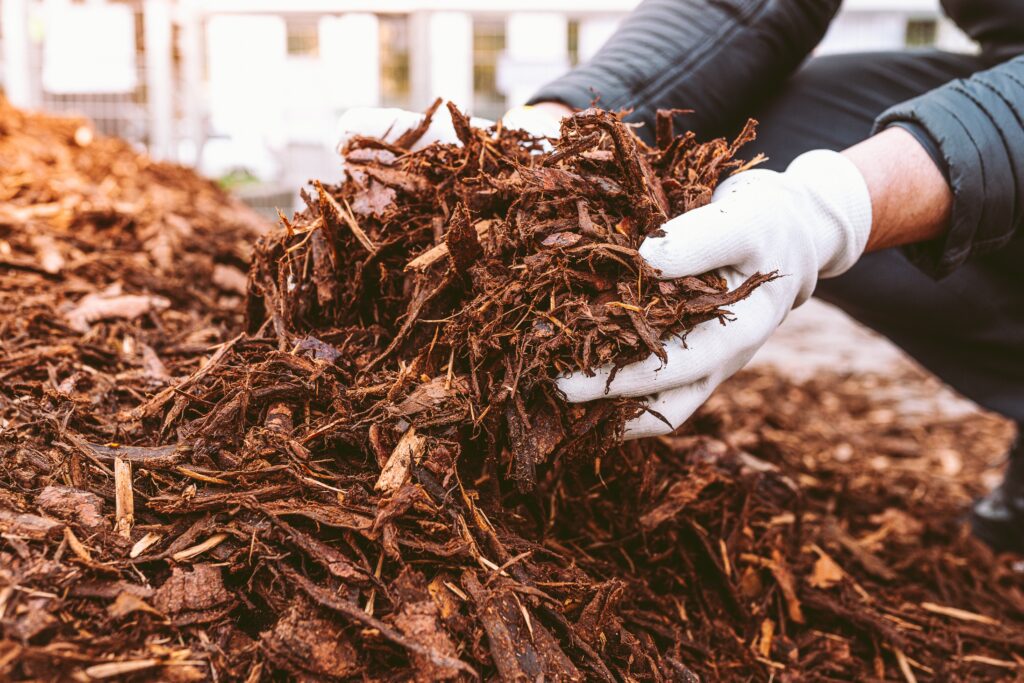
Adding a layer of mulch to your garden beds is essential for insulating plants against the harsh winter temperatures. Start by choosing a good-quality mulch such as straw, wood chips, or leaves. Spread a 2-3 inch layer around your plants to protect their roots from freezing. This simple step helps maintain soil temperature and retains moisture throughout the winter months. It’s an easy yet effective way to ensure that your plants stay healthy and protected.
To mulch your garden, you will need a rake, mulch, and possibly a wheelbarrow to move it around. Avoid piling the mulch directly against plant stems to prevent rotting. This task is especially important for perennials and shrubs that need a bit of extra protection. Be mindful of the weather, as mulching is best done before the ground freezes. Applying mulch early allows your plants to benefit fully from the added insulation.
Cut Back Dead or Damaged Plants

November is a great time to tidy up your garden by removing any dead or damaged plants. Start by cutting back spent annuals, dead perennials, and any diseased or pest-infested plants. Pruning helps prevent the spread of disease and gives your garden a neat appearance before winter sets in. By cutting plants back, you reduce the risk of pests overwintering in your garden. You can also use the pruned materials as mulch or compost to enrich the soil.
For this task, you’ll need a good pair of pruning shears or loppers, depending on the size of the plants. Be careful not to prune too much, as some plants may need their remaining foliage for protection during the winter. Always clean your tools between cuts to prevent spreading diseases. While cutting back, check for any potential problems like pests or signs of disease that could affect next season’s growth. Proper pruning will help your garden come back strong in the spring.
Protect Vulnerable Plants with Covers
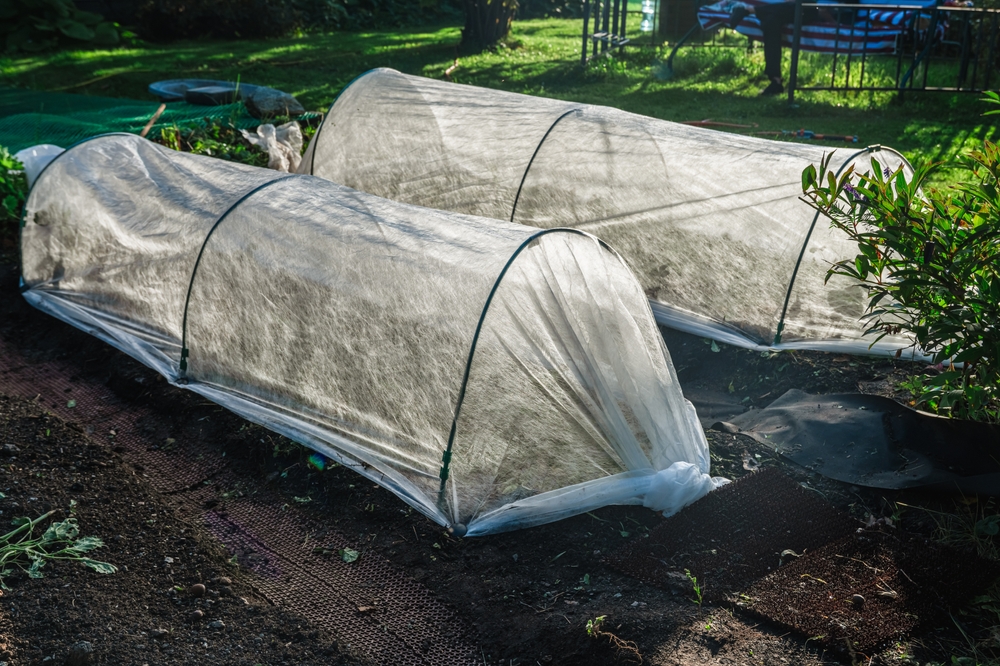
As the temperatures drop, certain plants require extra protection to survive the winter. Use frost cloths, burlap, or old sheets to cover delicate plants, especially if you live in an area prone to early frosts. Make sure the covers are secure and that they don’t touch the plant directly to avoid frost damage. Covers can protect your plants from both frost and harsh winds, allowing them to thrive through the cold months. Consider using plant cages or stakes to keep the covers off the plants.
To protect plants, you will need frost cloth or burlap, stakes, and twine or string. This task is particularly important for young plants, perennials, or plants that are on the edge of their hardiness zone. If you use plastic, avoid letting it touch the plant, as it can trap moisture and cause rot. It’s best to cover your plants when temperatures are expected to dip, but be sure to remove the covers when the weather warms up to allow the plants to breathe. This simple task can make a big difference in your garden’s survival.
Dig Up and Store Tender Bulbs
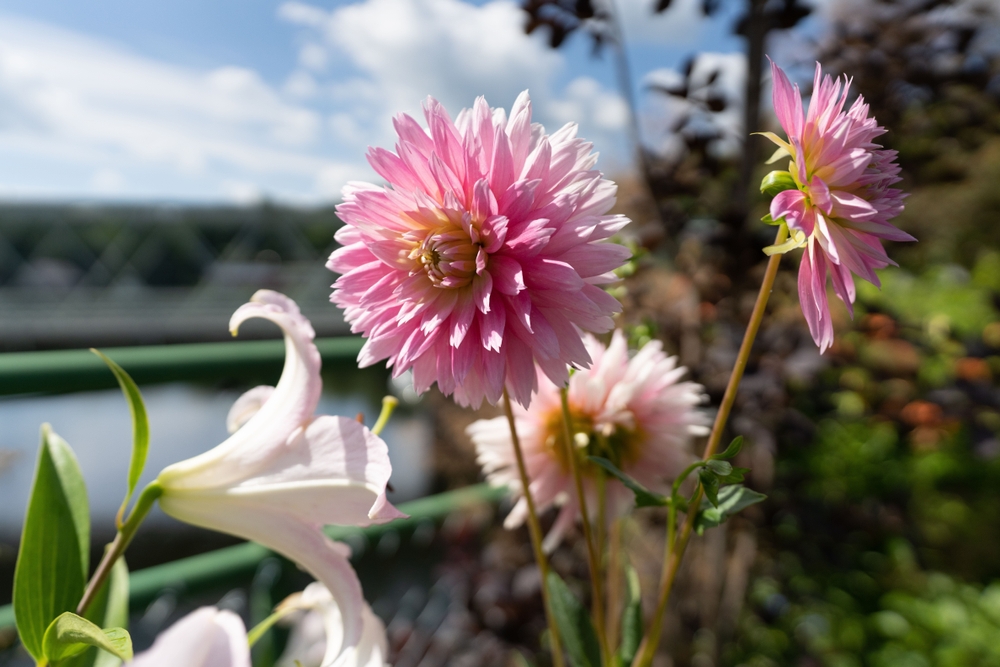
Tender bulbs like dahlias, begonias, and cannas should be dug up and stored before the first frost hits. Carefully lift the bulbs from the ground using a spade or fork, being sure not to damage them. After removing the bulbs, clean off any excess soil and allow them to dry for a few days in a cool, dry spot. Store the bulbs in paper bags or boxes filled with peat moss or sawdust to keep them dry. Place them in a cool, dark, and dry location to ensure they remain viable for replanting next season.
For this task, you will need a garden fork, paper bags or boxes, and peat moss or sawdust for storage. Avoid storing bulbs in plastic bags, as they can trap moisture and encourage rot. Proper storage is crucial for keeping your bulbs healthy and ready for planting next year. Check the bulbs periodically during the winter to ensure they remain dry and mold-free. By taking the time to store your bulbs properly, you’ll be rewarded with healthy blooms when spring returns.
Test and Amend the Soil
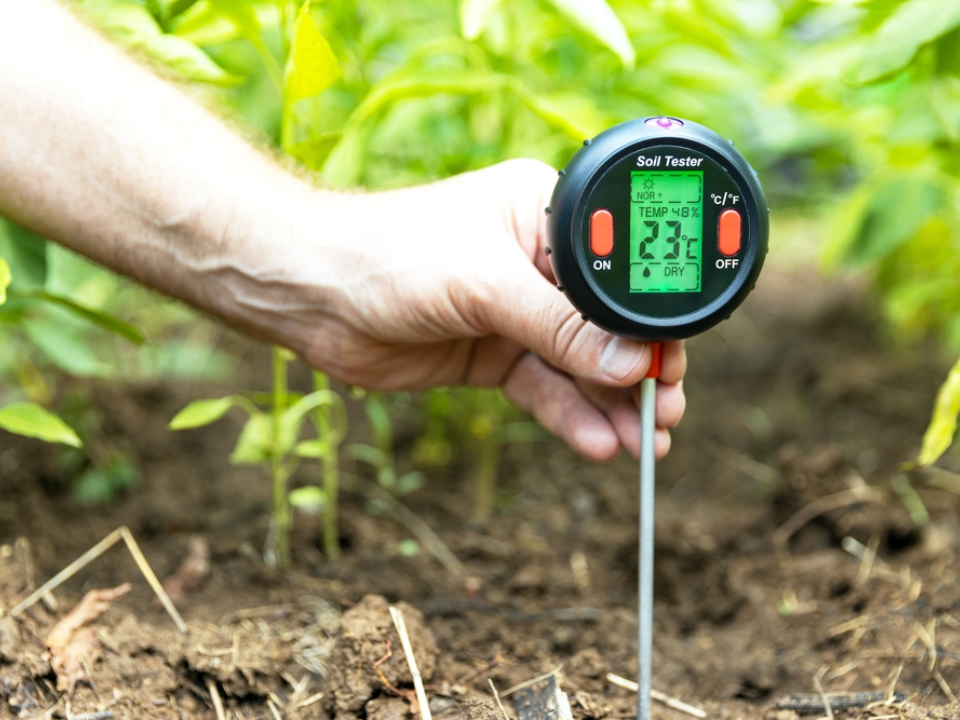
Before winter arrives, take a moment to test your soil’s pH and nutrient levels. This simple task can help you understand your garden’s needs for the upcoming season. Soil testing kits are available at garden centers or online, and they are easy to use. Based on the results, you can amend your soil with compost, lime, or other soil conditioners to improve its fertility. A well-balanced soil will encourage healthy plant growth when the new planting season begins.
To test your soil, you will need a soil testing kit, compost, or lime, depending on your soil’s needs. If your soil is too acidic, adding lime can help raise the pH. For alkaline soil, you may need to add sulfur or other amendments to lower the pH. This task is especially important for gardens that will host vegetables, flowers, or fruit trees. Making the necessary adjustments now will ensure that your plants have everything they need for a strong start in spring.
Clean and Maintain Garden Furniture

November is a great time to give your garden furniture a little TLC. Start by cleaning off any dirt, leaves, or debris that may have accumulated over the season. Use a mild detergent and a soft cloth to clean wooden furniture, and a wire brush for metal pieces to remove rust. Once clean, apply a protective coating, such as a sealant for wood or a rust inhibitor for metal, to help the furniture survive the winter. Storing smaller items in a shed or garage can also help prolong their life.
To clean your furniture, you will need a mild detergent, a soft cloth, a wire brush, and a protective sealant or rust inhibitor. Be sure to check for any damage that might need repairs before storing your furniture. While cleaning, also check cushions or pillows for any mold or mildew. Proper maintenance now will save you time and money next spring when it’s time to set up your garden again. Taking care of your furniture ensures it stays in top shape, year after year.
Set Up a Bird Feeder

With the weather cooling down, birds need a reliable food source to survive the winter. Setting up a bird feeder in your garden is a great way to attract wildlife and support local bird populations. Fill the feeder with a variety of birdseed to cater to different types of birds. You can also add a birdbath to provide fresh water for the birds. Regularly check the feeder and refill it as needed to ensure a consistent food source throughout the winter.
To set up a bird feeder, you will need a feeder, birdseed, and a birdbath (optional). Choose a location that is safe for birds and away from predators like cats. Consider adding a mix of seeds, such as sunflower seeds and millet, to attract a variety of birds. Clean the feeder regularly to prevent mold and pests from harming the birds. By providing food and water, you can enjoy watching local birds throughout the winter months.
Remove Weeds and Debris
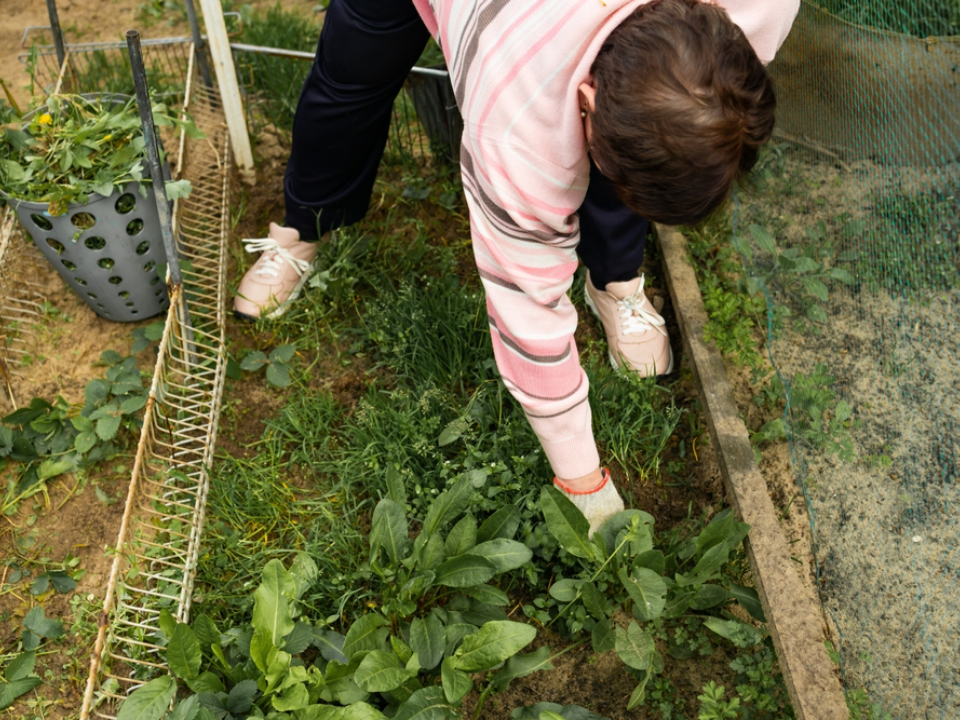
Weeds that are left unchecked can become a problem over the winter, so now is the perfect time to clear them out. Start by removing any weeds from garden beds, along with fallen leaves and other debris. Weeds can take root even in the colder months, so it’s important to pull them before they become established. Removing debris also helps prevent pests and disease from overwintering in your garden. A tidy garden now will help you avoid problems when spring arrives.
For this task, you’ll need a hand weeder, a rake, and a compost bin for any plant material. Make sure to pull weeds by the roots to prevent them from regrowing. If you have stubborn weeds, consider using a weed barrier or mulch to prevent them from coming back. By clearing your garden of weeds and debris, you give your plants the best chance to thrive in the spring. This task is essential for maintaining a healthy garden year after year.
Harvest Remaining Vegetables and Fruits

Before the first frost, be sure to harvest any remaining vegetables and fruits from your garden. This is particularly important for crops like carrots, beets, and squash, which can be damaged by cold weather. Gather any fruits that haven’t yet fallen, and check for overripe produce to avoid attracting pests. If you have frost-sensitive vegetables, harvest them early to ensure they are fully ripe. Storing your produce in a cool, dry place can extend its shelf life into the winter months.
To harvest, you will need a sharp knife or garden scissors and storage containers. After harvesting, clean the vegetables and fruits thoroughly before storing them. Root vegetables can be stored in cool, dark places, while fruits may need refrigeration or canning. This task ensures that you make the most of your harvest before winter’s chill arrives. Proper storage will allow you to enjoy your homegrown produce long after the growing season is over.
Prepare Garden Beds for Spring
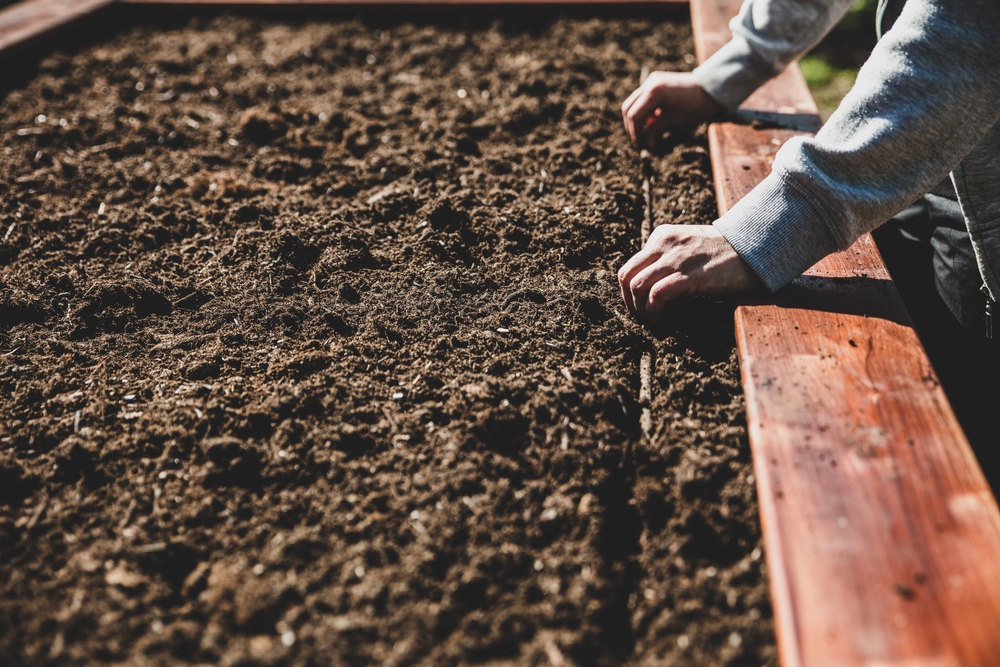
Now is the time to prepare your garden beds for the next growing season. Start by removing any remaining plant material, including roots and debris. Add a layer of compost or organic matter to enrich the soil over the winter. This will help improve soil structure and fertility, making it easier to plant come spring. Rake the soil smooth to prevent it from becoming compacted over the winter months.
For this task, you’ll need compost, a rake, and a spade. If your soil is heavy, you can improve drainage by adding organic material. Garden bed preparation ensures that your soil is ready for planting and helps reduce the need for fertilizer in the spring. This simple step can give your plants a head start when the weather warms up. By preparing your beds now, you set yourself up for a successful growing season ahead.
Cover Lawns with Compost or Leaves
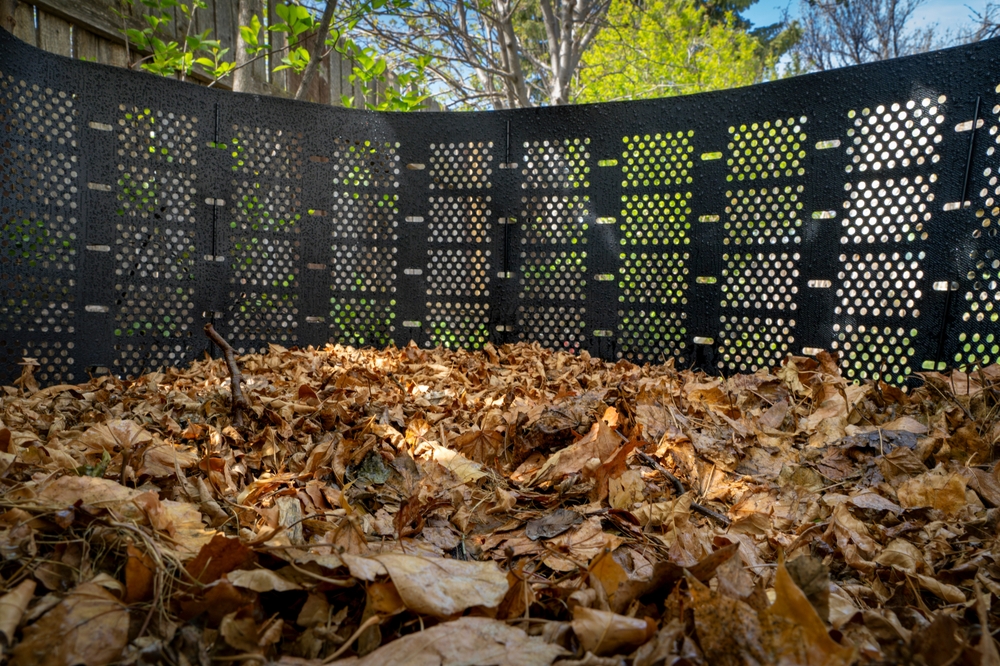
If you have a lawn, covering it with a thin layer of compost or leaves can help it thrive during the winter months. This layer of organic material helps protect grass from frost and adds nutrients to the soil. Spread a thin, even layer of compost or chopped leaves across the lawn to provide insulation. This also prevents weeds from taking hold and protects the grass roots. It’s a great way to keep your lawn healthy until the growing season resumes.
To cover your lawn, you’ll need a rake and compost or leaves. Be sure to spread the material evenly to avoid creating thick piles that can suffocate the grass. This task also improves the lawn’s drainage, helping it survive winter’s wet conditions. By caring for your lawn now, you’ll have a lush, green space to enjoy when spring returns. This simple step can make all the difference in your lawn’s health next year.
A well-prepared garden will bounce back stronger in the spring, ready for new growth. Taking action now will help prevent winter damage and make your gardening efforts more rewarding. Proper preparation today will ensure a successful and beautiful garden season ahead.
This article originally appeared on Avocadu.
